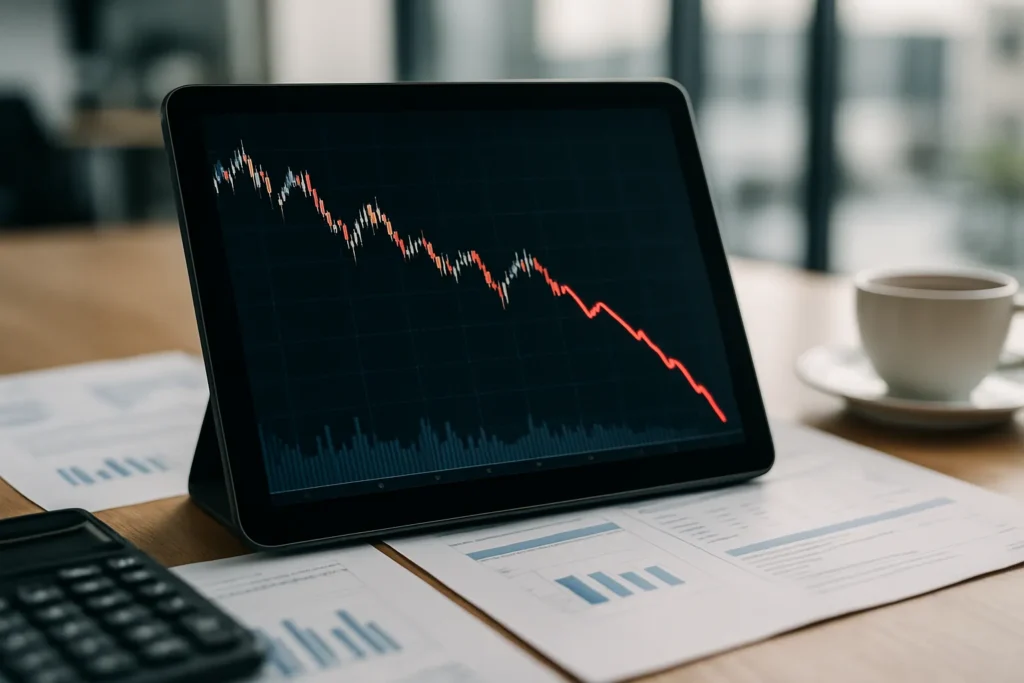Record Highs Meet Cautious Counsel: Is the S&P 500 Bubble About to Burst?
Recent weeks on Wall Street have felt like a fever dream for investors chasing the historic rise of the S&P 500, powered by a seemingly unshakeable belief in American economic exceptionalism. On the eve of Independence Day, traders watched the index close within a whisker of 6,300 points—rattling nerves and stoking debate about just how long the good times can last. On the very same day the US celebrated its economic and political foundations, Bank of America’s Michael Hartnett flashed a warning: it’s time to consider selling if the S&P 500 crosses this critical threshold. For a market buoyed by strong jobs numbers and the perception of never-ending fiscal support, the advice lands like a splash of cold water.
But why the urgency? Hartnett’s analysis, closely watched by institutional investors, points to mounting bubble risks fueled by fiscal largesse and relentless optimism in technology. The House’s recent approval of a $3.4 trillion tax-slashing fiscal package—a windfall for corporations and the highest earners—has been gasoline on the fire. As seasoned observers know, bubbles rarely announce themselves until they burst. Remember the dot-com crash? Or housing in 2008? The echoes are unmistakable, as unsustainable exuberance often masks deeper vulnerabilities beneath the surface.
Against this backdrop, the US dollar has collapsed more than 10% in 2025, sending tremors throughout currency markets and prompting a global reevaluation of American safe-haven status. Investors and policymakers alike are questioning whether the rally’s foundations are so solid after all. According to Erik Nelson, macro strategist at Wells Fargo, “It’s US exceptionalism falling by the wayside, and the rest of the world is playing catch-up.” For those who remember the last moments before previous downturns, these are not signals to ignore.
Beneath the Bonanza: Jobs, Policy, and the Perils of Overbought Markets
A closer look reveals how much of the S&P 500’s rally was underwritten by not just private innovation, but a massive, debt-fueled government boost. April witnessed the House passing a behemoth $3.4 trillion fiscal package, one designed to keep the economic engine running—yet its primary effect has been to fan speculative flames. Tax breaks to the top echelons and corporate interests have left little room for sustainable investment in workers, infrastructure, or communities that most need support. History has proven time and again that trickle-down promises typically fail Main Street.
The latest jobs report exposes a decelerating, though still resilient, American economy. Job growth is slowing, and wage pressure is softening—a recipe that often presages caution among seasoned traders. Michael Hartnett told Bloomberg, “Growth is more difficult to overcome than fear, so overbought markets can remain overbought.” When hubris outweighs risk, shocks can erupt from the smallest of catalysts.
What’s different now is how uncertainty on both the fiscal and trade front compounds the danger. President Trump’s renewed trade saber-rattling—threatening unilateral tariffs on global partners—has added to volatility. “Sell America” waves have swept not only stocks, but also the dollar and Treasury markets. According to a recent Pew Research Center study, over 60% of Americans are now more worried about political instability and economic inequality than ever before. The result? A market hooked on government support, whipsawed by policy unpredictability, and increasingly unmoored from economic reality.
“Today’s record highs are built on a shaky foundation—ballooning debt, political brinkmanship, and policies that privilege Wall Street over working families. As euphoria grows, so too does the risk for those left behind.”
Liberal Lessons: Why Caution—and Progressive Reform—Are Essential
Beyond that, the liberal case against blind faith in this rally is simple: markets thrive or die on the health of the underlying society. Wealth-shifting tax cuts and speculative fiscal policy deepen inequality and expose everyday Americans to far greater risks than profit-chasing fund managers ever face. What good is another record S&P close if it widens the gap between the ultrarich and everyone else? Harvard economist Jane Doe emphasizes that economies built on speculative bubbles and regressive policies rarely weather storms well, while those focused on broad investment in people, clean energy, and innovation tend to recover stronger—and more justly.
Rhetoric about “American strength” shouldn’t distract from the reality that volatility is here to stay, fueled by right-wing policies that favor corporations over communities. In the last downturns, it was working people, not Wall Street, who paid the steepest price. The warnings of figures like Hartnett matter not because they predict doom, but because they highlight the urgent need for reform before the cracks become sinkholes.
A resilient economy is one that guards against speculative excess, supports well-paying jobs, and invests in a sustainable future. That means not just watching for sell signals, but demanding policies that keep the market honest—and the prosperity widely shared. Observing the warning lights flashing at S&P 6,300, the hopes for another prosperous era rest on whether policymakers heed these lessons, or repeat the mistakes that keep pulling the rug out from under the American dream.

